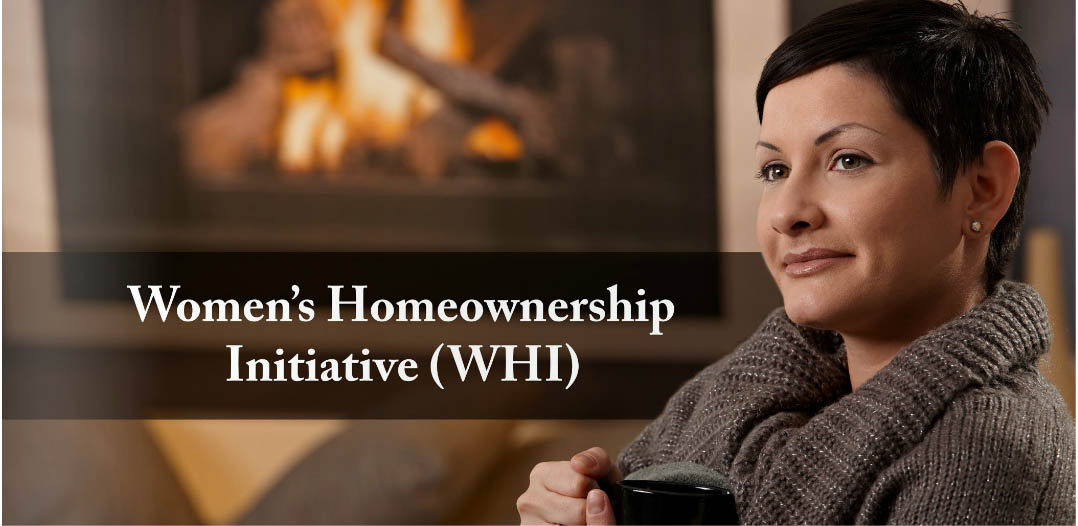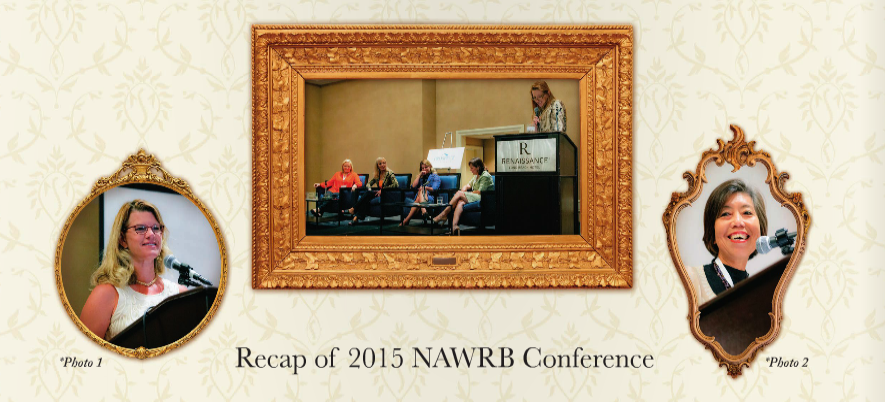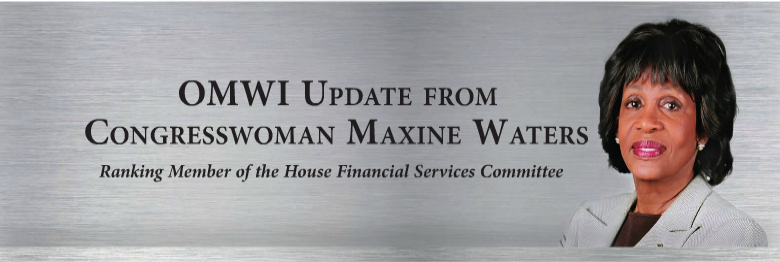Homeownership is a central part of the American dream, for most people, it is the American Dream. Owning a home connotes success and achievement.
As women progress in the workforce and receive the consideration and participation they have earned, it is essential to fortify their growth with strong economic foundations. Why is it important for women to become homeowners? Homeownership provides the financial security to safeguard women’s progress, and paves the way for future generations.
Women continue to face obstacles in their career paths, with a pervasive 27 percent gender wage gap and lack of advancement in hierarchy. This disparity significantly impacts women’s ability to incur savings and secure a home to call their own, as their paychecks don’t travel nearly as far as men’s.
Continue reading

 Login
Login


























